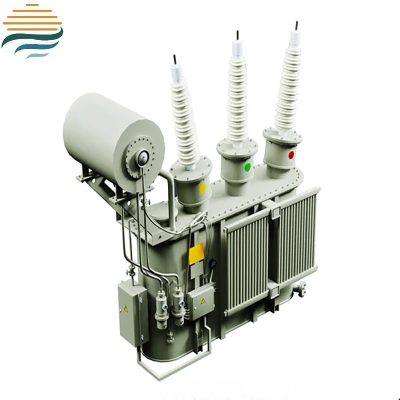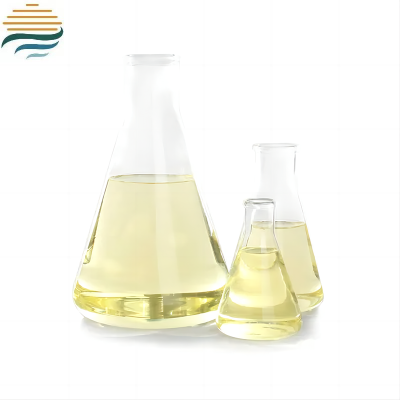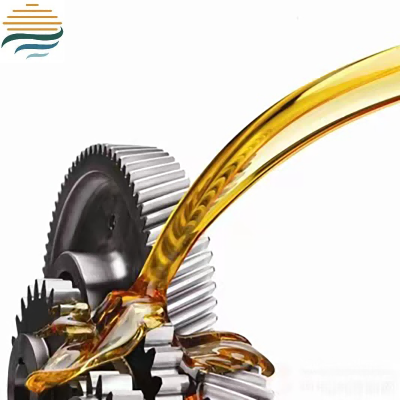Expansion of Professional Knowledge in Transformer Oil: Key Points for Storage Maintenance and Industry Adaptation
In the full lifecycle management of power equipment, the storage and maintenance of transformer oil directly affect its performance stability, and the differences in power demand in different industries also put forward personalized requirements for the selection of transformer oil. Further improve the professional knowledge system of transformer oil from two aspects: storage and maintenance techniques, and typical industry application scenarios.
Storage and maintenance of transformer oil: key measures to extend the life of oil products
Transformer oil needs to go through storage, transportation, and other processes from factory to equipment filling. Improper operation can easily lead to oil contamination and performance degradation, thereby affecting the safety of transformer operation. Mastering scientific storage and maintenance methods is an important prerequisite for ensuring the quality of oil products.
1. Storage environment and container requirements
Storage site: It is necessary to choose a dry, ventilated, and dark indoor warehouse to avoid direct sunlight and rainwater immersion. The temperature of the warehouse should be controlled between -5 ℃~35 ℃, the humidity should be ≤ 75%, and it should be kept away from fire sources and heat sources (such as heating pipes, generators, etc.), with a safe distance of not less than 15 meters from open fire sources. According to the requirements of GB 2536-2011 "Unused Mineral Insulated Oil for Electrical Fluid Transformers and Switches", the storage environment should be equipped with fire-fighting equipment (such as dry powder fire extinguishers and fire extinguishing sand), and a "No Smoking" warning sign should be posted.
Storage container: Priority should be given to using steel oil tanks or sealed steel drums with anti-corrosion treatment on the inner walls (in accordance with UN 31A/Y1.4/200 packaging standards). The container must be strictly cleaned and dried to ensure that there is no residual moisture or impurities. Before the first use, it is necessary to flush the inner wall of the container with the transformer oil to be stored 2-3 times to avoid residual cleaning agents or other oil products affecting the oil quality. During storage, the container needs to be covered and sealed, and a breathing valve (to prevent air from entering and causing oxidation) and desiccant (to absorb moisture from the air) should be installed at the tank mouth. When storing steel drums, they should be tilted 5 °~10 ° to prevent water from seeping into the drum mouth.
2. Quality monitoring during storage
Regular sampling and testing: According to the IEC 60475 standard, transformer oil stored for more than 3 months needs to be sampled and tested for key indicators once a month. The testing items include moisture content (≤ 15ppm), breakdown voltage (≥ 40kV), and appearance (clear and transparent, without turbidity or precipitation). If the storage environment has high humidity or frequent temperature fluctuations, it is necessary to increase the frequency of testing.
Pollution prevention measures: Special clean sampling bottles (dried at high temperature) should be used for sampling. Before sampling, rinse the sampling tube three times with the oil to be sampled to prevent air or impurities from entering the sample. During the storage process, if floating oil, odor or sediment is found on the oil surface or at the bottom of the container, it is necessary to immediately stop using it and entrust a professional organization to conduct a comprehensive inspection to confirm whether there are oxidation or pollution problems.
3. Protection during transportation and refueling processes
Transportation requirements: The transportation vehicle must have rain and sun protection functions, and the inner wall of the oil tank truck must be clean and dry. Before transportation, the sealing of the oil tank must be checked to prevent leakage. Avoid severe turbulence during transportation to prevent oxidation caused by excessive contact between oil and air. Oil products transported over long distances (more than 200 kilometers) must be left to stand for at least 24 hours upon arrival at the destination, and then refilled after all bubbles in the oil have completely dissipated.
Filling specification: Before filling, the transformer oil tank needs to be vacuum dried (vacuum degree ≤ 5Pa) to remove moisture and air from the tank. Use a dedicated oil filter (with a filtration accuracy of ≤ 3 μ m) to filter out impurities and particles in the oil during refueling. The filling speed should be controlled within 50L/min to avoid static electricity caused by excessive flow rate (equipment grounding should be done with a grounding resistance of ≤ 4 Ω). After the filling is completed, it is necessary to let it stand for 48 hours until the gas dissolved in the oil is completely released before conducting the insulation test of the transformer.





